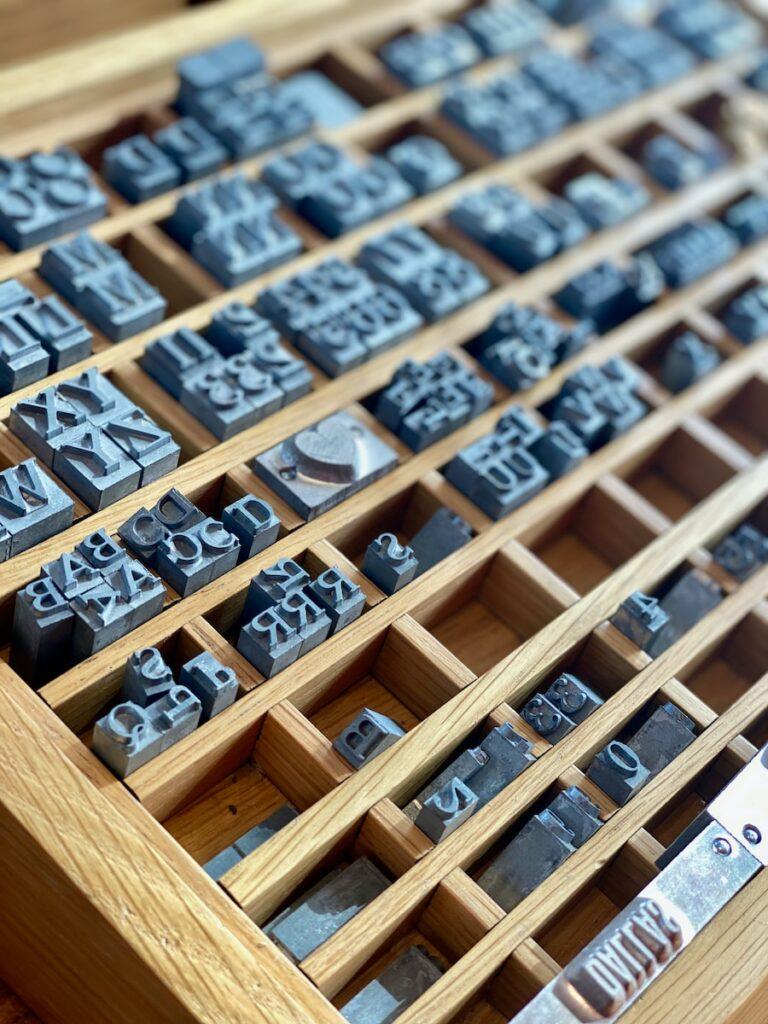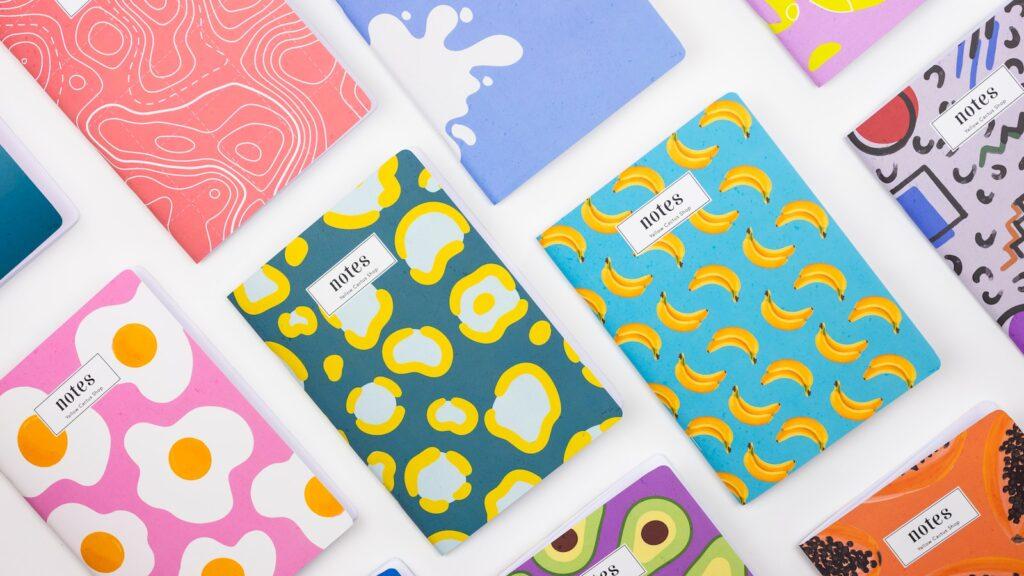WatermarkStationery.com is reader-supported. When you buy through links on our site, we may earn an affiliate commission. Learn more.
As we become more digital with our communication, there’s something special about receiving a handwritten note on beautiful stationery. And when it comes to creating stunning stationery designs, the printing technique you choose plays a significant role. In this article, we’ll explore the three main types of printing techniques used in stationery design: letterpress, engraving, and digital printing.

Letterpress Printing
Letterpress printing is the oldest printing technique and is used for creating a tactile and luxurious feel in stationery designs. Here’s how it works:
- Movable type is arranged to create the desired design
- Ink is applied to the type
- Paper is pressed onto the type to transfer the ink and create an impression
Advantages
- Creates a tactile and luxurious feel
- Provides a unique and handmade look
- Can use a variety of paper types and thicknesses
Disadvantages
- Can be expensive due to the manual labor involved
- Limited color options
- Not suitable for designs with intricate details
Engraving
Engraving is another traditional printing technique that provides a classic and elegant look to stationery designs. Here’s how it works:
- A metal plate is etched with the desired design
- Ink is applied to the plate
- Paper is pressed onto the plate, and the ink is transferred to the paper through the engraved lines
Advantages
- Creates a classic and elegant look
- Ideal for designs with intricate details
- Can use a variety of paper types and thicknesses
Disadvantages
- Expensive due to the manual labor involved
- Limited color options
- Not suitable for designs with large areas of solid color
Digital Printing
Digital printing is the most modern printing technique and is ideal for printing stationery designs with complex illustrations or photographs. Here’s how it works:
- The design is created on a computer
- The design is printed onto the paper using a digital printer
Advantages
- Affordable for smaller print runs
- Quick turnaround time
- Unlimited color options
Disadvantages
- Doesn’t provide the tactile and luxurious feel of letterpress or engraving
- Limited paper options
- Not ideal for designs with large areas of solid color
Comparison of Techniques
| Technique | Advantages | Disadvantages |
|---|---|---|
| Letterpress | Tactile, luxurious feel; unique and handmade look; variety of paper options | Expensive; limited color options; not suitable for intricate designs |
| Engraving | Classic, elegant look; ideal for intricate designs; variety of paper options | Expensive; limited color options; not suitable for solid colors |
| Digital Printing | Affordable for small print runs; quick turnaround time; unlimited color options | Lacks tactile feel; limited paper options; not ideal for solid colors |
Choosing the Right Technique
When choosing a printing technique for your stationery designs, consider the design’s complexity, the number of colors, and your budget. If you’re looking for a tactile and luxurious feel or a unique handmade look, letterpress or engraving may be the best option. If you have a complex design with multiple colors or photographs, digital printing may be the better choice.
FAQ
Q: Is letterpress printing more expensive than engraving?
A: Both techniques are expensive due to the manual labor involved in the process. However, letterpress printing may be slightly less expensive than engraving.
Q: Can you use any paper type with digital printing?
A: No, digital printing is not suitable for all paper types. It’s best to consult with a printing professional to determine which paper types are compatible with digital printing.
Q: Can letterpress and engraving be used for designs with solid colors?
A: Letterpress and engraving are not ideal for designs with large areas of solid color as they may result in uneven ink distribution.
Amazon and the Amazon logo are trademarks of Amazon.com, Inc, or its affiliates.

